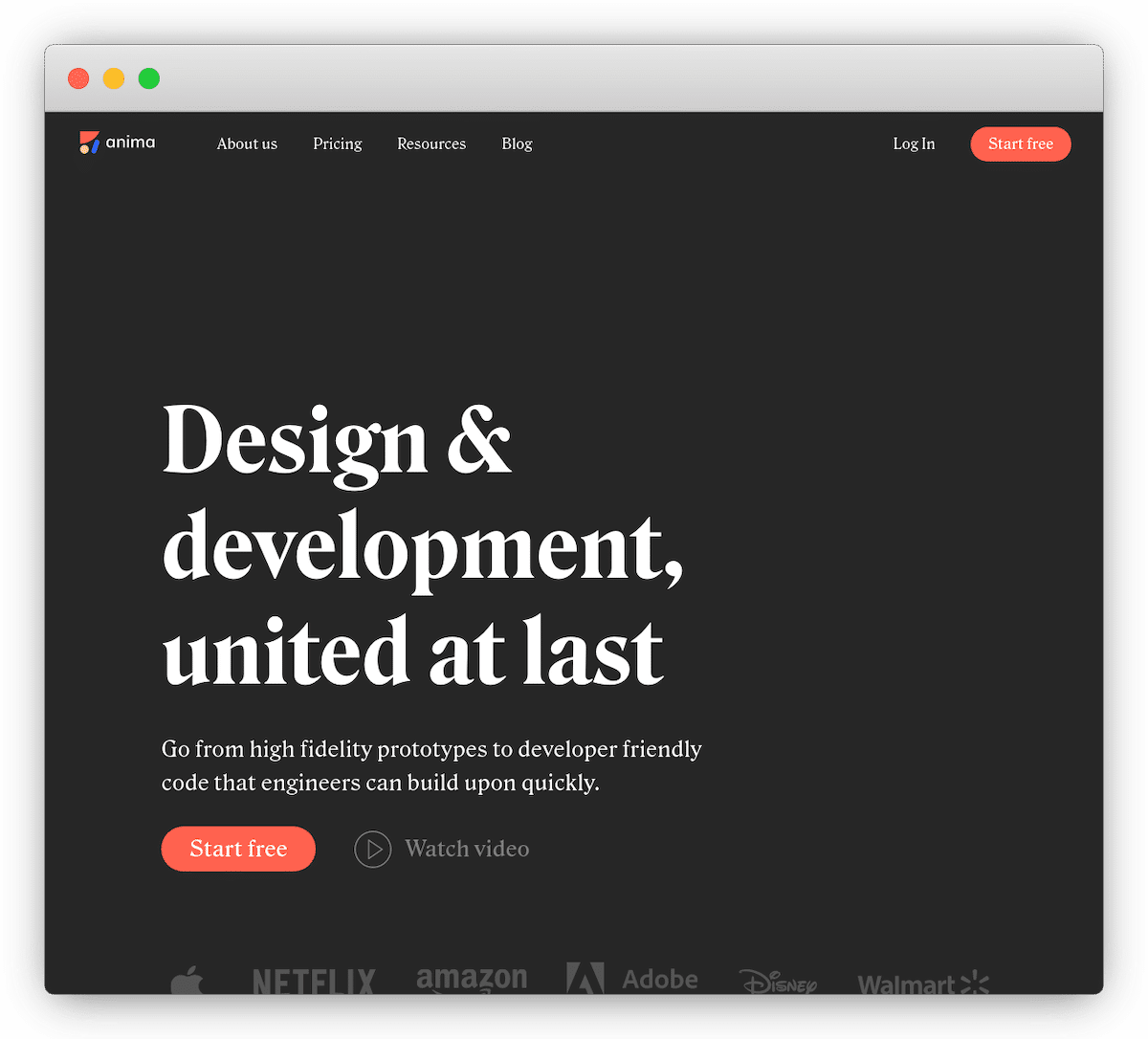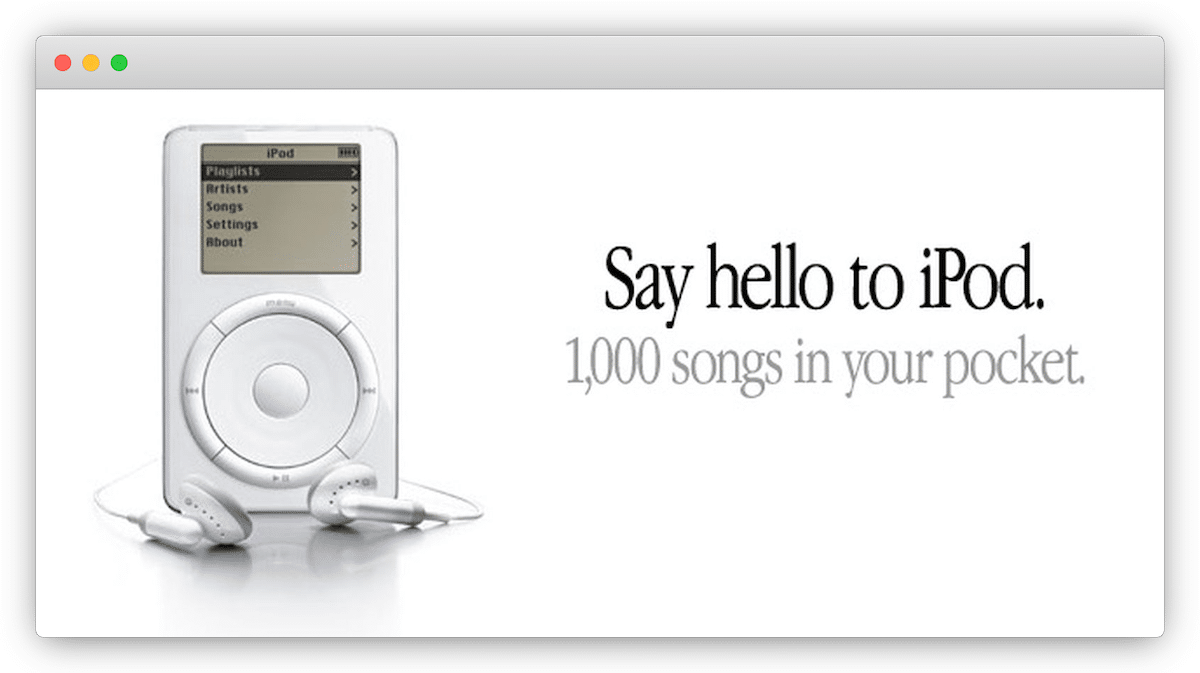In marketing, few things matter as much as your offer. The best campaigns in the world are only as good as what they’re offering to the audience.
That’s why you need to take the time to craft your offer in a way that compels people to take action. And that’s where an irresistible offer comes in.
And as you’ll see in this article, creating an irresistible offer for your next marketing campaign is easier than you may believe. It all comes down to understanding some basic principles of marketing and having a handy framework at your disposal.
The HAMMER Framework
I’ve created hundreds of offers over the last 12+ years, for my own campaigns and for clients. And looking back on what worked and what didn’t work, there are 6 things that stand out with the highest-converting offers I’ve ever worked with.
The best—and more irresistible—offers:
- Highlight positive results from others
- Address a specific problem
- Minimize risk
- Motivate immediate action
- Employ easy-to-understand language
- Require minimal effort to obtain
To remember these elements, just use the acronym “HAMMER,” which represents the first letter of each line.

If you embed as many of these 6 elements into your offer, you’ll have a much better chance of turning a “no” into a “yes” and capturing that lead or making that sale.
Let’s break down each of these 6 key elements of an irresistible offer in more detail.
Highlight positive results from others
Your offer should include some mention of the results others have already achieved. What I’m referring to here is social proof.
Here’s an example of social proof on a landing page offering project management software. Note the social proof highlighted just above the main headline:

Social proof comes in all shapes and sizes. You don’t have to follow Basecamp’s example. You could use case studies, testimonials, statistics about your user base, or any number of other ways to answer this important question.
The bottom line is that the best offers help people see that others have already benefitted from your product or service.
Address a specific problem
Moving on to the second element in the HAMMER framework, your offer needs to focus on a specific problem that your target audience has. Some would call this the “job to be done.”
Whatever you want to call it, the idea is that your offer can help take someone from a less-than-desirable “before state” and transport them to a more desirable “after state.”
And the problem you’re solving doesn’t have to be dry and boring. It doesn’t have to be a feature; in fact, some of the most compelling offers avoid digging into the features too much and rather focus on benefits.
Here’s a great example of an offer that addresses a specific problem:

Minimize risk
This is an important one. The most irresistible offers do everything they can to reduce risk for the prospect.
Humans are very risk-averse, especially when it comes to providing info on websites or making purchases. And we like certainty.
For example, if I offered you $100 with certainty, or told you that we could flip a coin and if it lands on heads I’ll give you $200, but if it lands on tails you get nothing… which offer would you take? Most of us would probably take the $100 since it is certain.

You can minimize risk with your offers by doing things such as:
- Offering a return policy or money-back guarantee
- Making sure your forms or checkout is safe and secure
- Utilizing confidence-boosting trust seals
- Offering a free trial if applicable
These are just a few common ways to minimize risk and let people focus on the positives of your offer without thinking too much about any potential negatives.
Motivate immediate action
Ask any salesperson when the best time to buy their product or service is, and they’ll tell you now! There’s no better time than now.
This same energy is what you want to convey within your marketing offer. You want the prospect to feel compelled to take the next step sooner rather than later because you never know if this is your one and only shot at getting the lead or closing the deal.
To do this, you can use urgency, scarcity, or simply create such a great value with what you’re offering, that there’s no need to think about it.
But be careful, because if you use urgency or scarcity tactics in a deceitful or inauthentic way, the prospect is sure to pick up on this. That alone could kill your conversions. So put away the countdown timer unless it’s legitimately counting down to something meaningful.
Travel booking websites have been using such tactics longer than most. Here’s an example from Booking.com that shows when room inventory for a specific property is running low:

When done correctly, these methods can be the deciding factor in what gets someone to say yes to your offer.
Employ easy-to-understand language
There’s not much for me to elaborate on this element, since its pretty much common sense. The more complex words you use to describe your offer, the more cognitive load it creates for the prospect, and therefore reduces the chances that they will take action.
So keep it simple, silly!
I’m not saying make your offer simple; rather use simple words to explain it.
For example, would you rather have an “MP3 music player with a 5GB hard drive,” or “1000 songs in your pocket?”

This example is from an actual Apple advertisement for one of the early iPods, and it frequently comes up in conversations of one of the best ways to describe a product using benefits-driven copy.
Require minimal effort to obtain
Last but not least, we have arrived and the 6th and final element of irresistible offers—they need to be easy to obtain.
Pay attention to the hoops you’re asking your prospects to jump through in order to get what you’re offering. For example, is it smart to ask 15 different questions on a form in exchange for a free ebook? Probably not. The amount of effort is too high for what is being returned.
Usually, people are willing to exert more effort only if the value of what they would be getting is much higher than what they have to do to get it. Would someone fill out a 15-part survey for a free ebook? Probably not, but if you threw in $500 gift card, well, now you’ve changed the game.
Be mindful of what you’re asking people to do, whether it be to fill out a form, make a purchase, call a number, click a link, etc. And whenever you can make the process even easier, do it!
If your offer requires the prospect to fill out a form, a quick conversion optimization win in this area is to test out a multistep form. Psychologically, multistep forms have been proven to feel like less work to complete than single-step forms.

Multistep forms are not always surefire winners, but they are usually worth testing.
Time to HAMMER your next offer
Well, cheesy puns aside, we’ve made it to the end of this article. Hopefully, you picked up a tip or two—or six, and you’ll test them out with your own marketing campaigns.
Remember, the offer is something you must get right. You can mess up with almost everything else, and as long as you have an amazing, compelling, and valuable offer, you’ll likely still be able to get results. So put in the effort to get your offer dialed in!
Speaking of offers—if you found this article helpful, you’ll love my free weekly newsletter called GrowthMarketer Weekly. I share the best growth marketing news, tools, and insights every Thursday. It’s absolutely free and you can sign up here!





